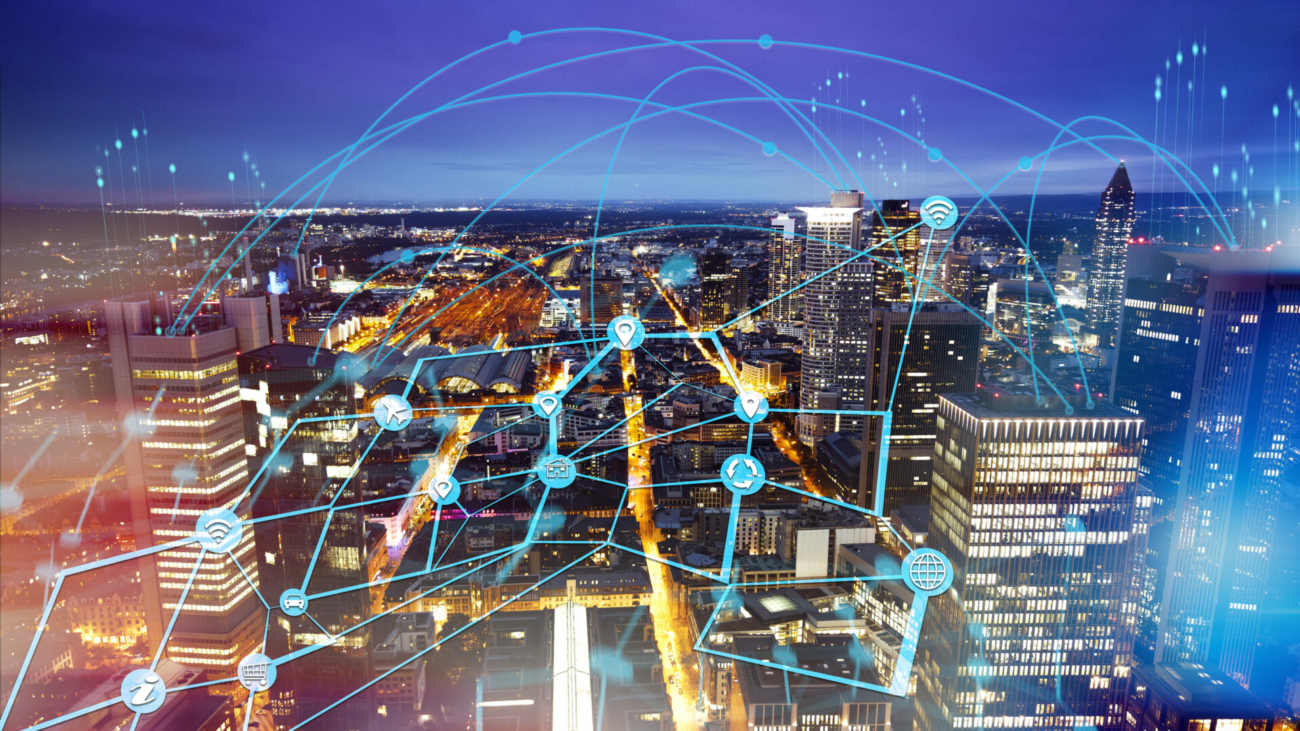The rollout of 5G technology is set to revolutionize the way we connect, communicate, and interact with the digital world. This next-generation network promises to deliver unprecedented speeds, lower latency, and greater capacity, creating opportunities for innovation across various industries. In this article, we will explore the key aspects of 5G technology that are shaping our future.
What is 5G Technology?
5G, or fifth-generation technology, is the latest iteration of mobile network technology, succeeding 4G LTE. It is designed to provide faster data speeds, higher capacity, and improved reliability to accommodate the growing demand for mobile connectivity. The technology leverages a combination of advanced technologies, including millimeter waves, small cells, massive MIMO (Multiple Input Multiple Output), and beamforming.
Key Features of 5G Technology
Enhanced Speed and Capacity
One of the most significant advantages of 5G is its capacity to deliver blistering data speeds. While 4G networks typically offer speeds of 10-100 Mbps, 5G is capable of achieving several gigabits per second, making it possible to download large files, stream high-definition content, and access cloud services with minimal delay.
Lower Latency
Latency refers to the time it takes for data to travel from the source to the destination. 5G technology aims to minimize this latency to as low as 1 millisecond, compared to the 30-50 milliseconds typical in 4G networks. This low latency is crucial for applications that require real-time communication, such as autonomous vehicles, remote surgeries, and augmented reality experiences.
Internet of Things (IoT) Integration
5G will enable a vast network of interconnected devices, facilitating the growth of the Internet of Things (IoT). With its high capacity and low latency, 5G can support millions of devices per square kilometer, creating a seamless ecosystem where smart appliances, wearables, and industrial machines can communicate and optimize processes.
Impact on Industries
Healthcare
The healthcare sector stands to gain immensely from 5G technology. Telemedicine will become more efficient, allowing doctors to conduct remote consultations with little to no delay. Furthermore, real-time data from medical devices can be transmitted to healthcare professionals, enhancing diagnosis and treatment effectiveness.
Transportation
5G will transform transportation through advances in autonomous vehicle technology. With lower latency, vehicles will communicate with one another and with infrastructure in real-time, improving traffic flow, safety, and reducing accidents.
Entertainment and Media
The entertainment industry will also benefit from 5G technology, enabling seamless streaming of high-definition and even 8K video content. Virtual reality (VR) and augmented reality (AR) applications will flourish, providing immersive experiences that were previously not feasible due to bandwidth constraints.
Challenges Ahead
Despite its numerous advantages, the implementation of 5G technology faces several challenges. Infrastructure development is required to support the new network, particularly the installation of small cells and fiber optic cables. Additionally, concerns over security and privacy must be addressed as more devices become connected to the network.
The Future of Connectivity
5G technology is more than just an upgrade; it represents a paradigm shift in how we connect. As it becomes fully integrated into global infrastructure, its potential to drive innovation and improve quality of life will be profound. From smart cities to enhanced communication, the future of connectivity is bright with 5G.
In conclusion, the advent of 5G technology marks a pivotal moment in telecommunications, promising to unlock new possibilities and transform everyday experiences. As we embrace this new era, the true power of 5G will unfold, revealing its potential to create a more connected and efficient world.


